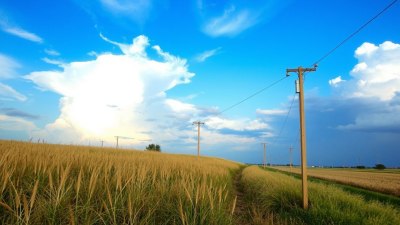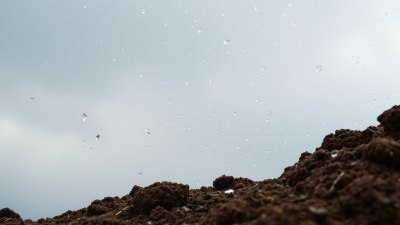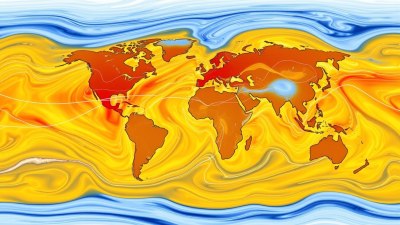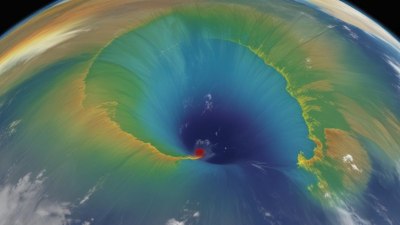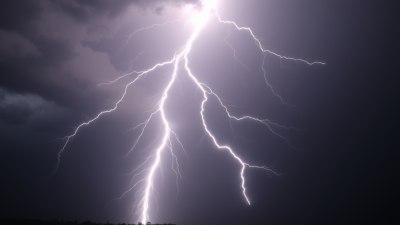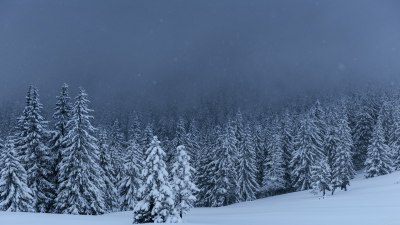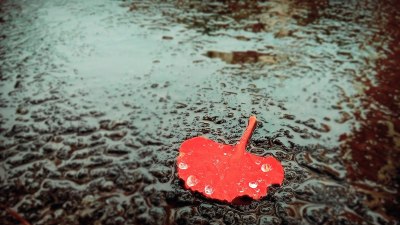How Shared Weather Feels Like Shared History
Explore how experiencing similar weather creates a collective memory, connecting people as if sharing a common history.
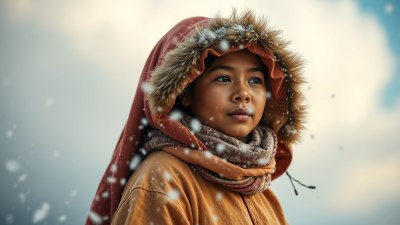
Image created with Flux Schnell
Weather is more than just a daily backdrop; it shapes cultures, influences behaviors, and creates a shared experience that often feels like a collective memory or shared history. When people recount stories about past storms, summers, or winters, they are not only narrating meteorological events but also engaging in a form of communal storytelling that ties individuals together across time and space.
Across the globe, countless communities have developed traditions, customs, and narratives around their typical weather patterns—be it monsoon rains in South Asia, the dry heat of the Sahara, or the bitter cold of the Arctic. These shared climatic experiences become part of the cultural identity, passed down through generations like folklore. The weather provides a common frame of reference, creating a sense of belonging that transcends individual experience.
For example, consider the stories told by families who lived through a particularly harsh winter. The accounts often begin with descriptions of the biting cold, then shift to tales of resilience, community efforts, and survival. These narratives serve both to preserve memory and to forge social bonds, reminding listeners that their shared past includes enduring and overcoming adversity together. This collective remembering is a form of shared history rooted in a common weather experience.
Even in modern urban environments, where daily lives may seem disconnected due to technology and pace, weather acts as a unifying factor. Neighbors might strike up conversations about an unexpected snowfall or a scorching heat wave. These moments of mutual weather experience create fleeting but meaningful connections, temporarily weaving strangers into a shared social fabric. Beyond mere small talk, these exchanges help build community cohesion and a collective narrative of place.
Moreover, weather phenomena often become significant markers in personal and collective timelines. People remember anniversaries of major storms, droughts, or floods with a sense of historical gravity. These events are recorded in newspapers, documentaries, and oral histories, cementing their place in the collective consciousness. The weather thus operates as a temporal anchor, around which memories and histories revolve.
The emotional imprint of weather is also profound. A summer’s heat can evoke nostalgia for childhood summers spent outdoors, while a persistent winter chill may recall hardships of the past. These sensory experiences connect people emotionally to their environments and to one another. Over time, the recurring patterns of weather create a shared emotional landscape, further solidifying the feeling of shared history.
In literature and art, weather is often used symbolically to reflect human emotion and societal changes, reinforcing its role in defining cultural narratives. For instance, the turbulent storms depicted in classic novels often parallel personal or political upheavals. Through such creative expressions, weather is intertwined with the human story, making abstract historical changes more tangible and relatable.
On a larger scale, weather patterns also shape historical events. Successful harvests or devastating famines influenced by climate fluctuations have altered the course of civilizations. The migratory patterns triggered by droughts or floods have reshaped populations and cultural interactions. These ecological determinants underscore the inseparability of weather and human history; they are co-authors in the unfolding narrative of humanity.
An illustrative case is the Dust Bowl of the 1930s in the United States, where prolonged drought and poor farming practices caused massive soil erosion and economic hardship. The event is etched into American history, not just as a meteorological disaster but as a defining social and economic crisis. People who lived through it and their descendants relate to it as a shared historical experience, reminding us that weather can become a pivotal chapter in human history.
Similarly, seasonal monsoons have shaped the agricultural, economic, and cultural life in many Asian societies for millennia. The anticipation, arrival, and departure of monsoons are deeply embedded in traditions, festivals, and folklore. These cyclical weather events create a rhythm to life that is both predictable and utterly vital, forging a collective rhythm that generations live by and remember.
From a psychological perspective, humans are wired to process sensory stimuli and frame them within narratives. Weather, being an omnipresent sensory element, naturally integrates into personal and shared stories. The repetitive nature of seasonal changes offers a scaffold for memory and tradition. When people recount experiences of weather, they are often engaging in an act of meaning-making that transforms raw experience into culturally meaningful history.
Technological advances now allow individuals worldwide to experience weather events vicariously through news and social media, expanding the scope of shared meteorological events. A massive hurricane or wildfire captured on live feed can generate a collective emotional and cultural response that extends beyond the immediate geographical area. In this way, shared weather is evolving from a local shared history to a global phenomenon.
However, this global sharing also poses challenges. Differences in local context and personal experience can complicate the formation of a unified narrative. While social media can unify, it can also fragment, with competing stories and perspectives about weather events. Yet, even this multiplicity of narratives highlights the profound impact weather has on human life and culture.
Interestingly, the way different cultures interpret and integrate weather into their histories reveals much about their values and worldview. Some cultures see weather as a manifestation of divine will or cosmic balance, while others approach it through scientific understanding. Regardless of the interpretation, the resulting narratives and shared memories help form a collective identity that spans generations.
The importance of weather in forming shared memories is also evident in urban planning and architecture. Cities are designed with prevailing climate in mind, influencing the lived experience of weather over time. Buildings designed to withstand seasonal rains or to capture cooling breezes become silently embedded in the cultural memory. Residents may fondly recall how the old oak tree provided shade during hot summers or how a particular street floods every winter, stories that become part of the local lore.
Educational systems too embed weather-related knowledge and history in their curricula, passing down collective understanding and experiences. In this way, shared weather knowledge helps maintain a cultural continuity that links past, present, and future generations.
The intersection of weather and social rituals further strengthens collective memory. Festivals timed by seasonal changes, rituals hoping for rain, and communal preparations for harsh winters are common worldwide. These practices recreate and reinforce shared history annually, ensuring memories remain vivid and relevant.
As climate change shifts weather patterns unpredictably, the relationship between shared weather and shared history grows more complex. New experiences of weather—unexpected storms, heat waves, or droughts—challenge established narratives and require communities to adapt their collective memories. These changing conditions may become new markers of history, reshaping cultural identities and memories in profound ways.
In conclusion, shared weather does more than describe climate; it acts as a powerful vehicle for shared experience and collective memory. Through stories, emotions, traditions, and cultural practices, weather becomes woven into the fabric of shared history, connecting people across time and geography in meaningful ways.

